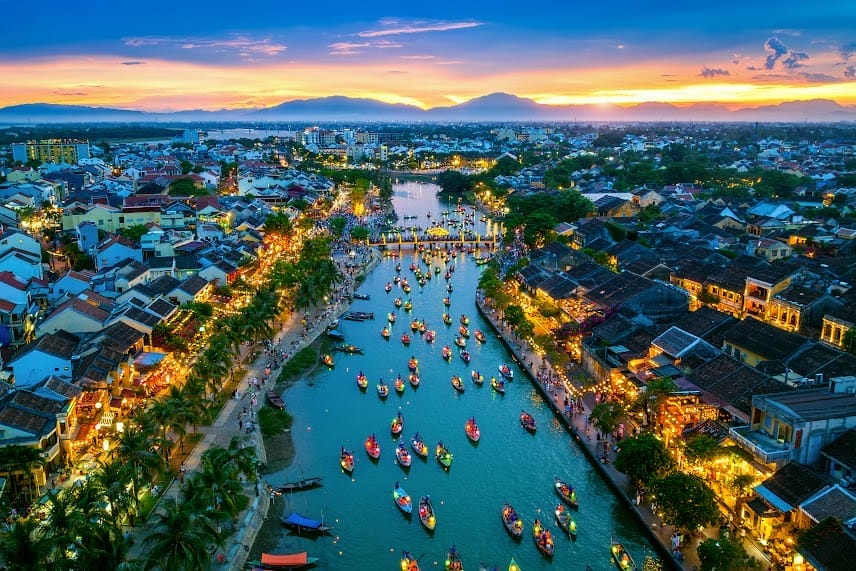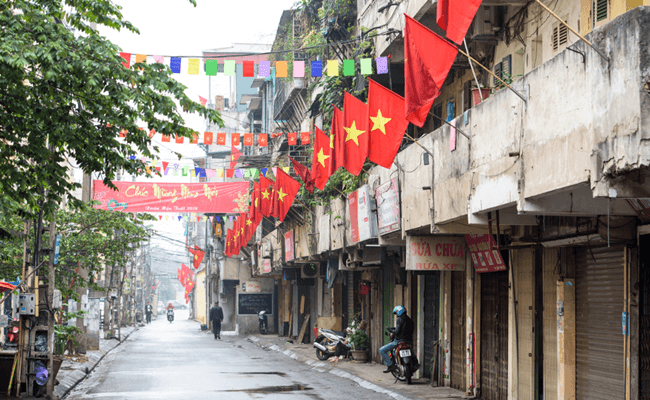In the early years of the 20th century, Buon Ma Thuot people chose a flat place to settle. The six-road junction constitutes a convergence point of many intermingled roads connecting the residential areas of the Kinh with the villages of the E De and the road to the midland region. These red-soil roads used to be muddy in the rainy season and dusty in the dry season. They are now asphalted. In the 1940s of the 20th century, this had a three-lamp post. This was also the very place that 100 local inhabitants of Lac Giao Village were killed by the French colonialists during their second attack on Buon Ma Thuot in November 1945. The sacrifice of militant Tran The left moved feelings among the local people here. At the junction, there used to be the factory of Buocgeri, the house of former public works director, the coach station, the busy streets lined with shops, drugstores, and groceries of the Vietnamese and Chinese people. Time is a great healer. Shortly after 1975, Buon Ma Thuot six-road junction has taken a new face of a young city with monuments, hotels, cultural centers, and general service buildings, Dak Lak Tourist Company, as well as the Televise-Radio Station. Buon Ma Thuot people, including those who are natives and immigrants, have contributed to this new face. After 1975, the six-road junction looked devastated with streets destroyed by bombs. Today, this junction has got a new appearance. One can get to No Trang Long Street, or walk along Phan Chu Trinh Street and Nguyen Tat Thanh Avenue the electric lights and colours of these streets suddenly remind us of the past.
You May Also Like
Top Travel Routes During Tet in Vietnam | Best Tet Holiday Destinations
The top travel routes to explore during the Tet holiday in Vietnam. Experience the vibrant Lunar New Year celebrations with…
Best Ways to Travel During Tet in Vietnam
The best ways to travel during Tet, Vietnam’s Lunar New Year. Learn about transportation options, cultural experiences, and essential travel…
Must-See Local Events During Tet: Experience the Magic of Lunar New Year in Vietnam
Discover the must-see local events during Tet holiday in Vietnam. From vibrant parades to cultural festivals, explore the highlights of…
Must-Visit Tet Destinations in Vietnam
Here are must-visit Tet destinations in Vietnam for an unforgettable Lunar New Year experience. Explore top cities, festivals, and cultural…
What Are the Top Tet Festivals to Experience in Vietnam During the Lunar New Year?
The top Tet festivals in Vietnam during the Tet holiday. Explore traditional events, festivals, and celebrations, including insights into travelling…
Best Time to Travel During Tet Holiday in Vietnam: A Complete Guide
The best time to travel during the Tet holiday in Vietnam. Whether before, during, or after Lunar New Year, learn…






